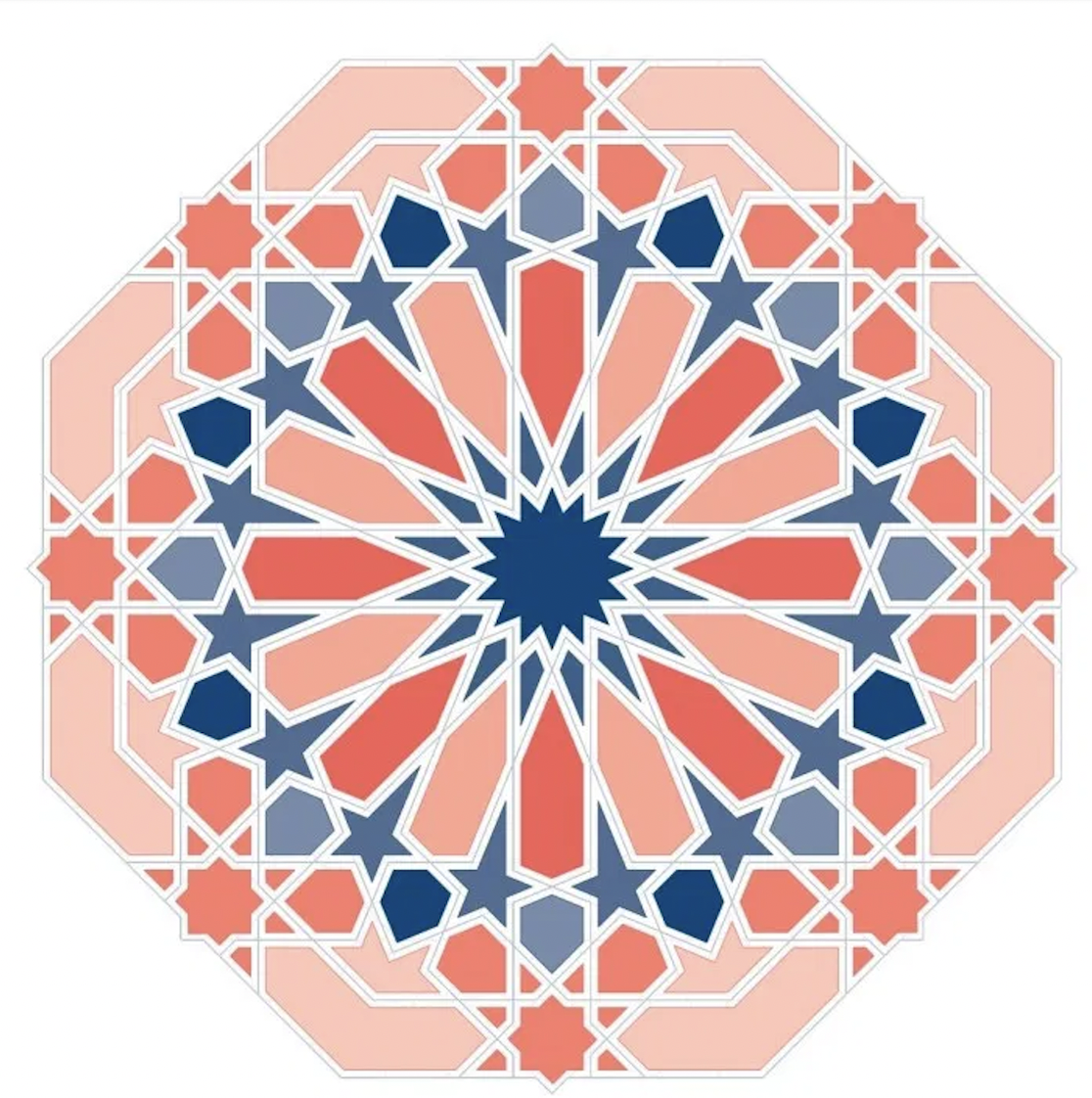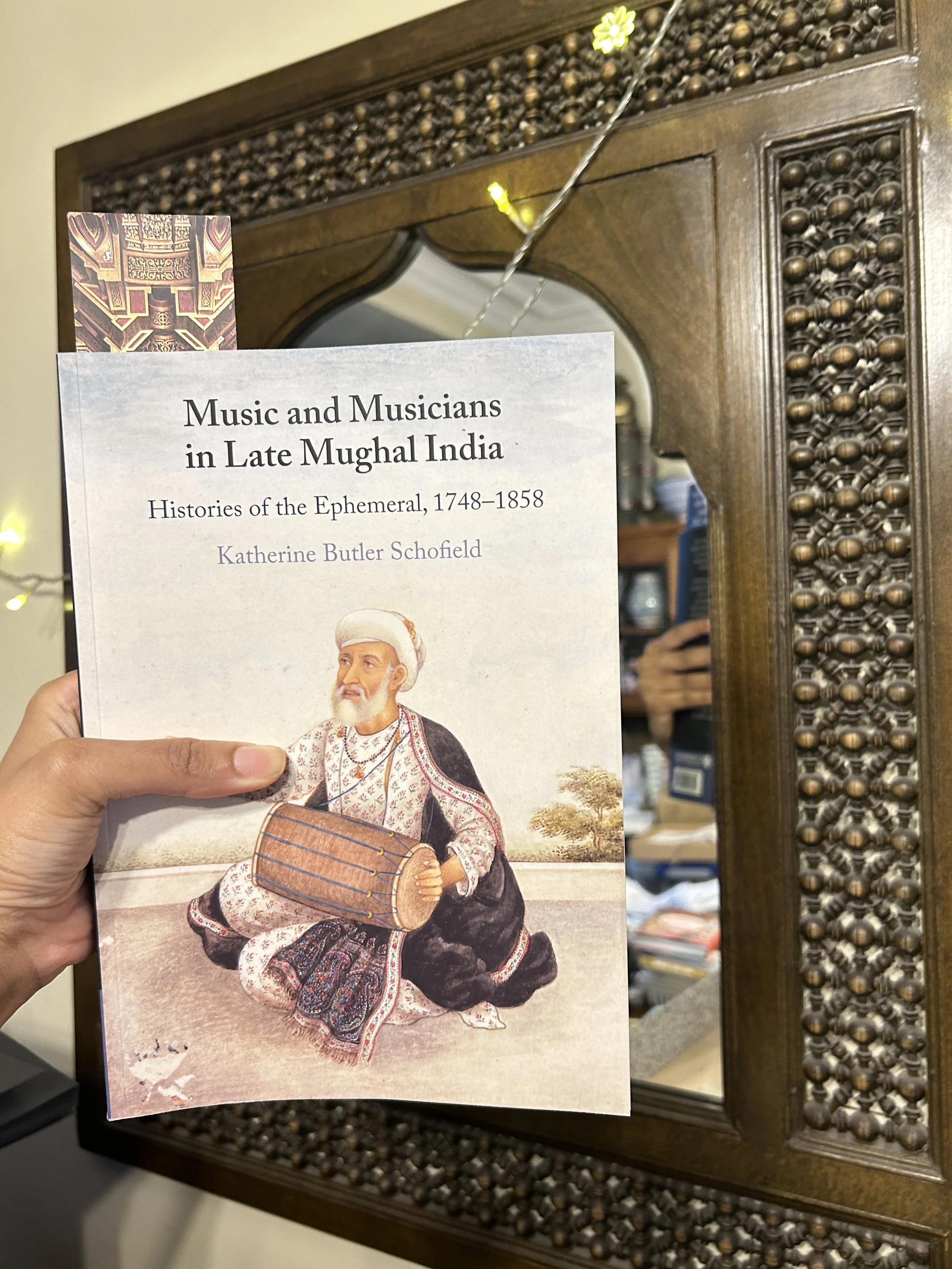Review of Music and Musicians in Late Mughal India
The book ‘Musicians in Late Mughal India: Histories of the Ephemeral, 1748-1858’ by Katherine Schofield explores the history of music in India during the tail end of Mughal Empire from 1748-1858. It is a detailed exploration of the meaning, practice and hereditary nature of Hindustani music.
Katherine Schofield says: “It was under the Mughals, between the reigns of Akbar I (r. 1566-1605) and Akbar II (r. 1806–37), that the full constellation of elite discourse, practices, performers and modes of listening that became known as ‘classical’ in the twentieth century was consolidated and codified.”
The nature of the Mughal Empire was pluralistic and the Mughal Court celebrated this diversity. Schofield says it was a “culturally mixed courtly regime that actively delighted in difference.”
Music was integral to Indian society, and it thrived under the Mughals who patronised musicians, singers and dancers. Kalawants were artists, and they were trained through a system of ‘ustads’ or teachers who passed down the arts to apprentices, usually those who were linked by a familial bond. “By the mid-seventeenth century the kalawants of the Mughal court were organised into household guilds built on interrelated lineages of hereditary professional musicians,” according to Schofield.
While some historians have claimed that the hereditary musicians were illiterate, and mainly passed on learning through taught example, Schofield argues that recent research has highlighted that many left written treatises of music and thought as well. “In a recent European research Council project, we documented an enormous number of writings on Hindustani music for the late Mughal period in multiple North Indian languages, as well as visual records.” At the same time, she argues that oral history and hereditary systems were equally as strong at passing down musical knowledge. “Both South Asian and foreign musicologists have come to understand that while oral, aural and kinaesthetic systems of knowledge transmissions from master to discipline may be configured differently to written systems, they demonstrate equivalent levels of discursive sophistication, cognitive complexity and long-term reliability.”
I enjoyed the interspersal of history in the musical narrative, and how elite musicians and courtesans were part of the history of the Mughal Empire, and even involved in political events. The commentary on Emperor Aurangzeb was enlightening, as Schofield depicts him as a musical connoisseur and supporter. Although Aurangzeb himself eschewed music as he got older, he still kept company of the elite musicians and enjoyed their company. “Clearly, Aurangzeb retained a reputation as a connoisseur of music well into Mohammed Shah‘s reign.”
Schofield adds: “That Aurangzeb’s reign was understood in the first half of the eighteenth century as the heyday of the ‘classical’ in the musical arts, and the reference point for musical discussion and practice, is supported by the evidence of other eighteenth-century artistic productions.”
Another interesting point made by Schofield was that “Aurangzeb does not seem to have had the wholly bad reputation in the decades after his death that he has now, either when it comes to music or politics.” Perhaps the rule of the British Raj and subsequent anti-Muslim narratives post 1857 may have contributed to the one-sided picture of Aurangzeb as a miserable and religiously fanatical ruler because he followed his faith in a more stringent manner than other Emperors.
The role of music in Mughal India was also described by Schofield as being a powerful force that could influence political events and minds of rulers. Schofield writes, “Music was an essential technology in maintaining the whole structure of empire and proper governance. This is why musicians featured so prominently in Mughal historical accounts together with astrologers on major state occasions, such as regnal anniversaries and royal births, as generators of auspiciousness and guarantors of dynastic success. Music’s powers, rationally controlled, were absolutely necessary to Mughal sovereignty. Music made kings. But it could also break them.”
The influence of Indian music on Britain
The story of the courtesan, Khanum Jan and the memsahib Sophia Plowden in 18th century India shows the interaction and British appreciation of Indian music and dance under the Mughal Empire.
Sophia Plowden was the wife of a British official, and she had an exquisite manuscript collection of Hindustani Airs from the court of Lucknow – which she and Goan musician John Braganza took down from Khanum Jan (a well-known Indian Courtesan) and her fellow court musicians in 1788.
Hindustani Airs were European versions of nautch songs played on a harpsichord and were transported outside of India and played in Britain and other colonies.
“The Hindustani Airs…reveals a great deal about face-to-face emotional engagements between Europeans and Indians during the rise of British colonial power,” says Schofield.
She also adds: “Localised instances of cultural rapprochement or personal sympathy do not mitigate the systemic colonial will to domination. The East India Company was in India to pursue a colonial project designed entirely to benefit themselves.”
From Delhi to other parts of India
With the Mughal Empire in decline, many musicians left Delhi in what was known as the scattering and went to other areas such as south to the Deccan. The music scene thrived in these areas as well because the musicians who travelled were trained in the elite musical traditions. The British also enjoyed the court traditions of music and dance entertainment and cultural sophistication.
James Skinner, was an Anglo-Indian British soldier who” was an acclaimed expert in Persian and Urdu literature, a patron of late Mughal painting of the highest quality, and a renowned connoisseur of Hindustani music from the most elevated to the most tantalising,” states Scholfield.
He wrote several original Persian manuscripts, including the ‘Tashrih Al-Aqwam’ Natasha copy of which is now in the British library. It is a descriptive catalogue of castes, occupational groups and religious mendicants local to the regions around Delhi. Schofield argues that some of his descriptions were not accurate and in some cases she says is a “farrago of nonsense.”
The colonial census came from British to India in 1860s, and was a means of labelling the natives so that the Britsh could control them. However, there was a system of classifications in pre-colonial society. The Mughals and all the South Asian polities that used the Persian language had their own ways of catalogue, describing and enjoying cultural difference between the people groups of Hindustan Schofield says: “The aim of the Mughal Persian mode of ethnography, according to Sunil Sharma, was to document and celebrate religious and social diversity united under the harmonious benevolence of the emperor (sulh-i-kull), in accordance with the Mughal’s utopian vision of the Cosmopolitan Islamicate society.”
In conclusion, Schofield highlights the crucial role played by the Delhi kalawant and qawwal lineage in preserving and innovating Hindustani music theory in writing as well as in embodied form throughout the late Mughal period
She adds that the shifting weight of cultural power from imperial Delhi went to other flourishing centres of Hindustan, but that Delhi musical traditions and its ustads retain their role as the ultimate arbiters of elite musical authority.
And finally that Hindustani music’s modernity dates back to the very late eighteenth century, not the turn of the twentieth as commonly believed. Schofield says: “The modernisation of Hindustani music was a paracolonial, not a colonial, one – a modernisation that Indians developed alongside, beyond and independently of the colonial state.”


